What are my Nasal Turbinates?
The nasal turbinates are located on the inner walls of the nose on either side of the septum, the structure that divides the nostrils and nasal passages. They consist of three long, thin surfaces of bone on each side, covered by vascular soft tissue and mucous membrane.
Blood vessels in the turbinates help to warm the air you inhale. The vessels swell and contract, enlarging or shrinking the turbinates, depending on the amount of blood flowing through them. The mucous glands in the lining help to moisturize the air in your nose.
What is Turbinoplasty and why might I need it?
Some people have chronic nasal congestion caused by a septum that is deviated - narrower on one side than the other - often due to a minor injury. When the nasal passages are unequal, the turbinates can compensate with chronic swelling. The goal of turbinoplasty is to reposition or reshape the turbinates, to increase the volume of air that passes through your nose when you breathe, while preserving as much tissue as possible for normal turbinate function.
Surgical Turbinoplasty
The outfracture technique, as it's known, uses a surgical tool to reposition the turbinate, and sometimes involves shaving away some bone and tissue using a tool called a microdebrider. These slender tools are inserted through the nostrils by your trained ENT surgeon. Usually performed in an outpatient surgical center, this procedure may require either general anesthesia or local anesthesia with sedation, so you are asleep and pain-free during the surgery.
Radiofrequency or laser ablation
Another approach to turbinate reduction is to shrink the turbinate tissue using radiofrequency energy or a laser, which is passed through the nose and into position through a narrow tube. This technique can usually be performed in your ENT specialist's office, because only a local anesthetic is needed; you'll be awake and pain-free during the brief procedure.
How long before I feel the benefit of Turbinoplasty?
Post-procedure restrictions and recovery times vary from patient to patient, with recovery from surgical turbinoplasty taking slightly longer than recovery from the radiofrequency or laser procedures.
You can expect to have pain, fatigue, nasal stuffiness, and mild nasal drainage after your procedure. The mild pain associated with this type of surgery is typically well controlled with oral pain medications. Stuffiness due to swelling typically starts to improve after the first week. You may notice normal drainage of some mucus and blood from your nose after surgery, which is part of the normal course of healing.



